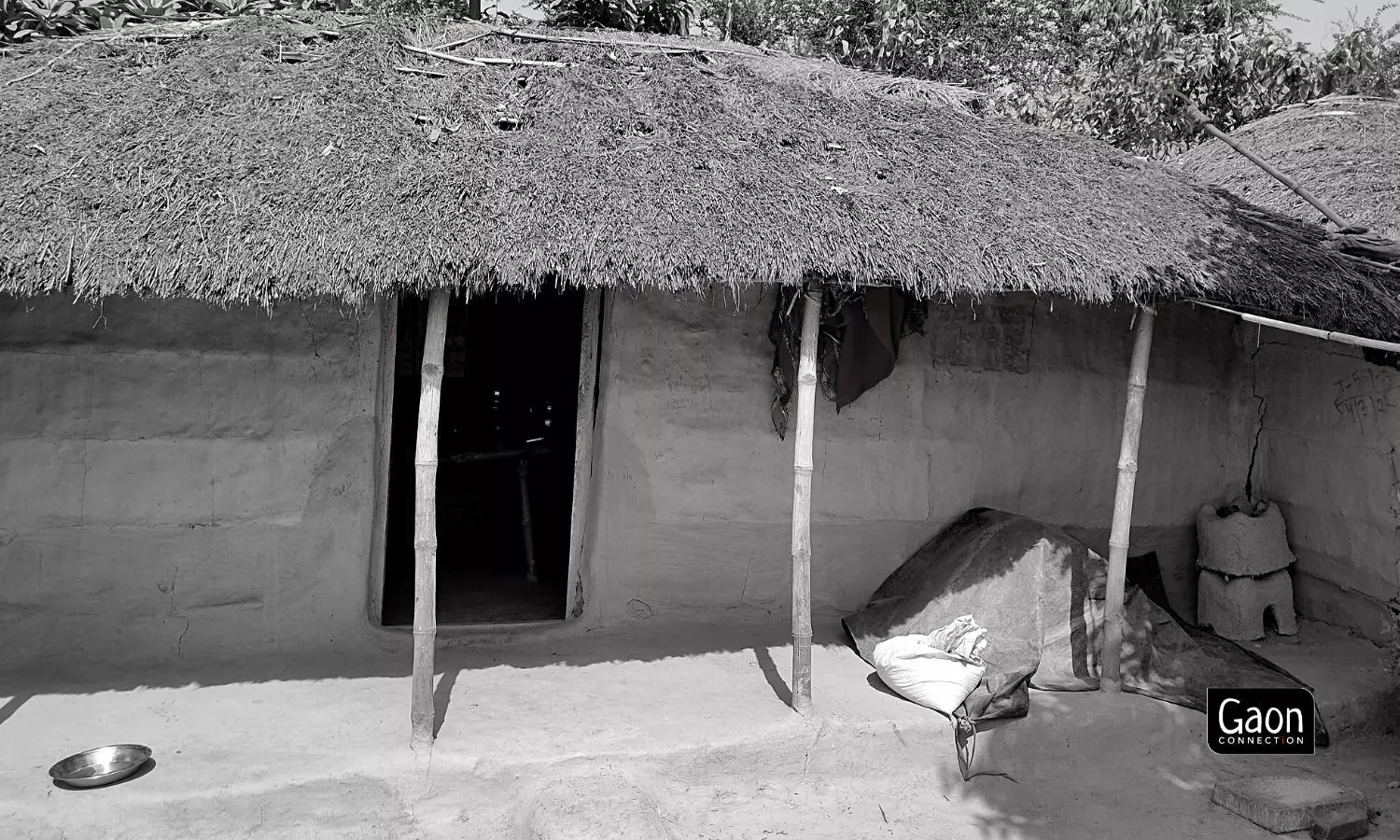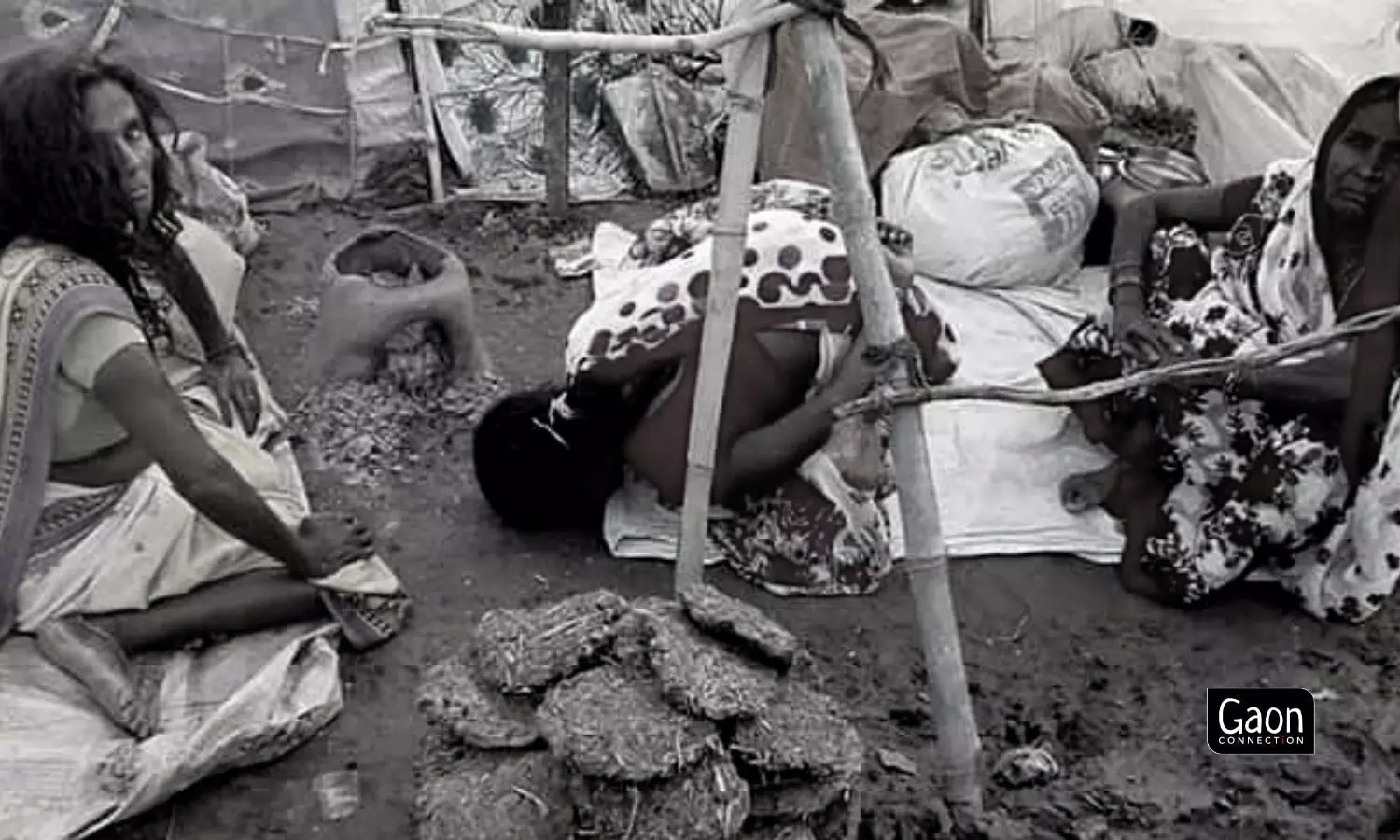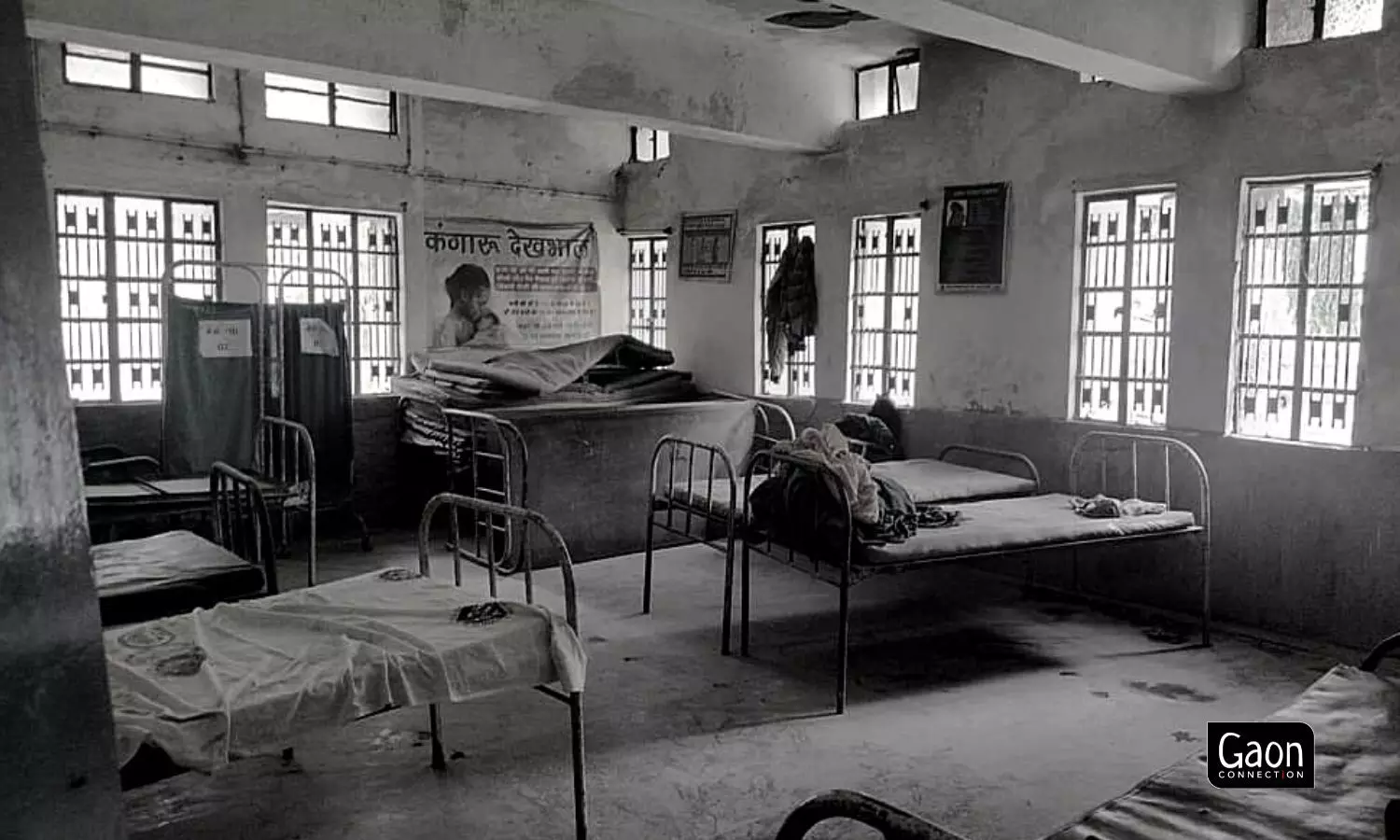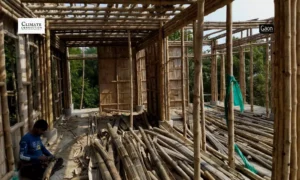Supaul, Bihar
She had just finished cooking and was going to call her husband and son to dinner when a gang of men barged into her house.
“They pulled my sari, tied my hands up and forced faeces into my mouth, screaming foul words at me, and calling me a dayan [witch],” the inhabitant of Deenapatti panchayat in Supaul district told Gaon Connection.
“One of the men in the group kept saying that I had cast a spell on his family members while other men kept beating me,” she broke down, as she recounted the horrific experience that happened on the night of April 19, last month, in Bihar.
“They came in with rods and assaulted my mother, in unspeakable ways,” her son, Sumit Kumar Jha, told Gaon Connection, his voice breaking. Fortunately, some fellow villagers came to the rescue of his mother and she was not killed, he added.
Witch hunts are still alive and a thriving practice in the state. This, despite the fact that Bihar was the first state in the country to enact a law to prevent witchcraft, identification of a woman as a witch and eliminate torture, humiliation and killing of women.
But Bihar is not the only state where women are branded as witches, tortured, humiliated and often killed with impunity.
Based on the annual reports of National Crimes Record Bureau (NCRB) under the Union home ministry, India reported 663 murders attributed to witch-hunting/witch-craft between 2015 and 2021. This comes to an average of 95 witch–hunting deaths every year.
Jharkhand, Chhattisgarh, Madhya Pradesh and Odisha carry the burden of 65 per cent of witch-hunting related murders in the country.
In 2020 alone, the country recorded 88 motivated murders attributed to witch-hunting/witch-crafting — highest being recorded in Madhya Pradesh (17), Chhattisgarh (16), Jharkhand (15), Odisha (14), and Bihar (4).
Despite women being branded witches and getting killed, there is no central law that criminalises witch-hunting, or actions that further the belief in witchcraft. In 2016, a bill on ‘The Prevention of Witch-Hunting’ was introduced in Lok Sabha by Raghav Lakhanpal, a member of Parliament. But it failed to transform into a law.
Meanwhile, some states (Bihar, Jharkhand, Odisha) have passed their own laws with Bihar being the first state to enact ‘The Prevention of Witch (Daain) Practices Act’ in October 1999.
Also Read: Drop in crime cases against women in UP, but an increase in West Bengal: NCRB 2020 report
Punishment for witch hunting — 6 months jail or Rs 2,000 fine
The 1999 law specifically says that calling a woman a ‘witch’ is a punishable offence. And any physical or mental harm caused to women on the pretext of exorcism attempts is also an offence.
As per the Act, punishment for identification of a witch is “imprisonment for a term which may extend to 3 months or with fine of rupees 1000 or with both.”
And in case anyone causes any kind of physical or mental torture to any women by identifying her as a witch, whether deliberately or otherwise, the punishment is
imprisonment for a term which may extend to six months or fine of rupees 2000 or with both.

A month later, the horror of April 19 night still reverberates in Deenapatti panchayat in Supaul district. Photo by arrangement.
“The law is ineffective. The maximum punishment under it is a fine between Rs 1,000 and Rs 2,000, or imprisonment for anything between three months to a year,” Kunal Kashyap, a lawyer from Saharsa, who guides several social organisations, told Gaon Connection. “And, you will be shocked to know that the victims of the witch hunt, if they survive, have nothing to help them get rehabilitated,” he added.
Victims of witch hunting and their families complain that accused often go scot free. “I have video proof of how my mother was termed a dayan and attacked and I gave that to the police. It has been a month and only one of the attackers has been arrested. The main culprit is still roaming free,” said Sumit Kumar Jha.
On being contacted, Vinod Kumar Singh, inspector at the nearby Pipra police station, said: “We have arrested one of the offenders. And he will be put on trial soon. We are carefully monitoring the situation.”
Also Read: “Women in rural India refrain from filing cases as they don’t have any hope of getting justice”
Widows, single-women at the receiving end
Women who are widows or without children are the usual targets. “Many of them are done away with this way in order to get their share of property sometimes,” Hemlata Pandey, a Supaul-based social worker, told Gaon Connection.
“I know so many women who died simply because the entire village ganged up against them. Lack of education is a big contributor to such horrific incidents in rural society,” Pandey added. Awareness drives, street plays etc., are ineffective against this deep-rooted evil, she said.

The proof of how much superstition, fear of ghosts and witches prey on people, is there for everyone to see at the Bhoot Mela held at Mahua Dham in Kutumba Block of Aurangabad. Photo by arrangement.
For instance, on November 5, last year, Hemanti Devi was branded a witch and burnt alive in Pachmah village, Gaya district. Her family lodged FIRs, and only now a couple, Chandradev Bhuiyan and his wife Kismatiya Devi were arrested for it. The accused held the woman responsible for the death of their son, reports in a local newspaper said.
In 2015, National Human Rights Commission intervened to rescue Vishnu Dev Ravidas from a group of people who allegedly killed his wife suspecting that she practised witchcraft. The case was registered in Pakri Barwan police station in Bihar.
Ojhas rule the roost
A month later, the horror of April 19 night still reverberates in Deenapatti panchayat in Supaul district.
“The whole incident was instigated by the ojha Dhalai Yadav, who falsely accused the woman of being responsible for the illness of a family member,” Virendra Jha, an inhabitant of Sakhua village, told Gaon Connection.

In Supaul district, ojhas rule the roost. Sardar Baba an ojha from Lokha panchayat in Supaul district proudly declared that he was able to cure diseases big and small. Photo by arrangement.
Apparently, the person who had fallen ill had recovered after treatment from the village centre doctors. “These ojhas wield a lot of influence in the village,” Virendra Jha added.
The proof of how much superstition, fear of ghosts and witches prey on people, is there for everyone to see at the Bhoot Mela held at Mahua Dham in Kutumba Block of Aurangabad.
“Science has had no effect on superstitions here. People from far and near in Bihar come to the temple here with the ‘possessed’ person to pray,” Prince Singh, a noted writer from Aurangabad, told Gaon Connection. “People sob, roll on the ground, hit their head on the walls. They are clearly suffering mental health issues and can be treated and cured, but they come to the Bhoot Mela instead,” the writer added.
Meanwhile, Sardar Baba an ojha from Lokha panchayat in Supaul district proudly declared that he was able to cure diseases big and small.
“I get more patients than any doctor, and they even get cured. I cure snake bites and rid people of ghosts who have possessed them,” he told Gaon Connection.
Gaon Connection made several attempts to seek a response from Harjot Kaur Bamhrah, chairperson, Mahila Vikas Nigam, Patna, but was unavailable for comment.




















